I was wondering which of the following two queries is more performant?
Query 1:
SELECT NONEMPTY(CROSSJOIN({[Product].[Category].children},
{[Scenario].[Scenario].members}
)
) ON COLUMNS
FROM [Analysis Services Tutorial]
Query 2:
SELECT CROSSJOIN(NONEMPTY({[Product].[Category].children}),
NONEMPTY({[Scenario].[Scenario].members})
) ON COLUMNS
FROM [Analysis Services Tutorial]
I would say query 2 is more performant/optimized because first you take out all the unnecessary members and then crossjoin them. The first query you crossjoin everything and then take out the nulls. That would be my guess but I want somebody who can clear me up.
Edit 1 In response of comments of an answer
Lets say I add a measure as a second parameter, so it does not go to the "default measure". How could second query return values with null? I am specifying to crossjoin between nonempty members. And I just really dont see how the can return different results no matter the dimensions involved. To me they seemed pretty equivalent. What am I not seeing?
Query 1:
SELECT NONEMPTY(CROSSJOIN({[Product].[Category].children},
{[Scenario].[Scenario].members}
), [Total Internet Sales]
) ON COLUMNS
FROM [Analysis Services Tutorial]
Query 2:
SELECT CROSSJOIN(NONEMPTY({[Product].[Category].children},[Total Internet Sales]),
NONEMPTY({[Scenario].[Scenario].members},[Total Internet Sales])
) ON COLUMNS
FROM [Analysis Services Tutorial]
Edit 2
As the answer said the queries are not the same. I realized when @GregGalloway presented other scenario.
I did an excel with sample data so maybe someone can find it useful.
